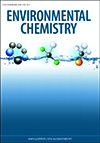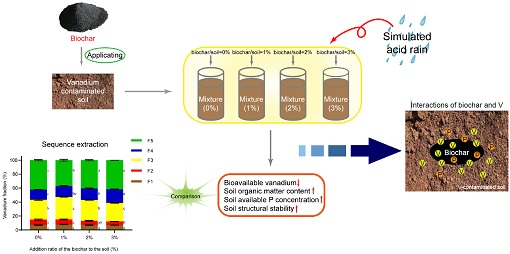Environmental context. Dioxins have been found along the east coast of Australia in agricultural areas where there is no obvious source of dioxins. These dioxins have an unusual signature that does not match common industrial sources, but it has been suggested that they may be associated with pesticide use. This study found a strong correlation between dioxins with this unique signature and the amount of a kaolinitic clay in the sediments sampled.
EN21163 Abstract | EN21163 Full Text | EN21163PDF (3.1 MB) | EN21163Supplementary Material (656 KB) Open Access Article






